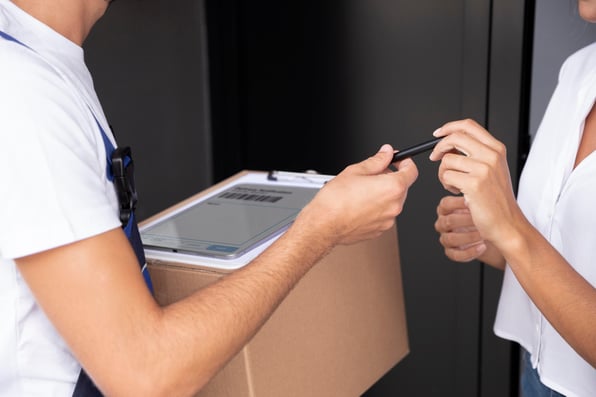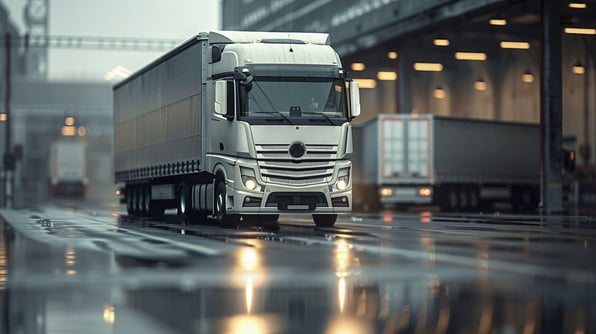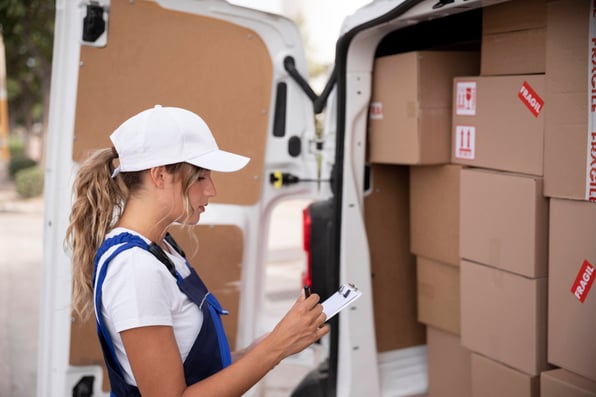
The Power Duo: CMMS and CWMS Revolutionizing Restaurants
Ciprian Chiripuci
.jpg)
In today's fast-paced restaurant industry, optimizing operations and enhancing productivity are essential for success. That's where Computerized Maintenance Management Systems (CMMS) and Computerized Work Management Systems (CWMS) come into play. These powerful tools streamline maintenance and work processes, ensuring smooth operations and improved customer experiences. In this article, we'll explore CMMS and CWMS, their benefits and best practices, providing real-world examples to illustrate their impact on restaurant management.
Understanding CMMS and CWMS
What is CMMS?
CMMS is a software system designed to simplify maintenance operations. It helps track and manage maintenance tasks, equipment and resources efficiently. With CMMS, restaurant owners and managers can schedule preventive maintenance, track work orders, manage inventory and generate reports to monitor performance.
What is CWMS?
CWMS, on the other hand, focuses on work management and coordination. It helps streamline communication between different departments, tracks progress on tasks, manages workloads and ensures effective collaboration. CWMS keeps teams organized and facilitates efficient completion of tasks, enhancing overall productivity.
Examples of CMMS and CWMS in Restaurants
CMMS Example:
Preventive Maintenance. Imagine a restaurant that wants to avoid equipment breakdowns during peak hours. By utilizing a CMMS, they can schedule regular preventive maintenance for crucial equipment such as refrigerators, ovens and HVAC systems. The system will notify technicians when maintenance is due, ensuring timely inspections and repairs. This approach minimizes unexpected breakdowns, reduces downtime and maintains a smooth operation.
CWMS Example:
Task Management and Collaboration. In a bustling restaurant, managing tasks and coordinating activities among different teams can be challenging. With CWMS, managers can assign tasks to specific individuals or teams, set deadlines and track progress in real-time. For instance, a restaurant manager can assign a cleaning task to the janitorial staff, monitor its completion and ensure that it is done before restaurant opens. CWMS facilitates seamless communication, reducing miscommunication and improving task efficiency.
Benefits of CMMS and CWMS in Restaurants
Enhanced Efficiency
Implementing CMMS and CWMS helps restaurants streamline processes, eliminate paperwork and reduce manual errors. By automating maintenance scheduling, work assignments and inventory management, staff can focus on their core responsibilities, resulting in increased operational efficiency.
Improved Equipment Performance
With CMMS, restaurants can track equipment performance, record maintenance history and receive alerts for preventive maintenance. Regular inspections and timely repairs prevent equipment failures, prolong their lifespan and ensure they operate optimally. This reduces downtime, enhances reliability and saves costs on major repairs or replacements.
Increased Team Collaboration
CWMS promotes effective collaboration among teams by providing a centralized platform for task assignments, progress tracking and communication. It enables cross-departmental coordination, ensuring everyone is on the same page and facilitating efficient teamwork.
Data-Driven Decision Making
Both CMMS and CWMS generate insightful reports and analytics. By leveraging this data, restaurant owners and managers can identify trends, make informed decisions and optimize processes. They can track key performance indicators (KPIs), such as maintenance costs, equipment downtime and task completion rates, to drive continuous improvement.
Best Practices for CMMS and CWMS Implementation
Set Clear Goals
Define specific objectives you want to achieve with CMMS and CWMS implementation, such as reducing equipment downtime, improving task efficiency or enhancing inventory management.
Select the Right Software
Choose CMMS and CWMS solutions that align with your restaurant's needs and scalability requirements. Look for user-friendly interfaces, mobile accessibility and integration capabilities with other systems, such as point-of-sale and inventory management.
Provide Adequate Training
Invest in comprehensive training for employees to ensure they understand how to use CMMS and CWMS effectively. Offer ongoing support and encourage continuous learning to maximize system utilization.
Establish Standardized Processes
Create standardized workflows and procedures for maintenance, work orders and task management. Consistency in processes ensures efficient utilization of CMMS and CWMS, leading to better results.
Regularly Monitor and Update
Continuously monitor CMMS and CWMS usage and performance. Regularly review processes, analyze data and make adjustments as necessary to optimize the system's effectiveness.
Conclusion
Implementing CMMS and CWMS in restaurants can revolutionize maintenance and work management processes, leading to enhanced efficiency, improved equipment performance, increased collaboration and data-driven decision making. By adopting best practices and leveraging these systems effectively, restaurants can streamline operations, reduce costs and provide superior customer experiences. Embrace CMMS and CWMS to stay ahead in the competitive restaurant industry and unlock new levels of success.
Related posts
Here are some resources to help you get more out of your assets


Ciprian Chiripuci
Truck Sealing in Delivery Logistics: Definition, Benefits and Best Practices

Ciprian Chiripuci
Mastering that Last Mile
READY TO TALK?